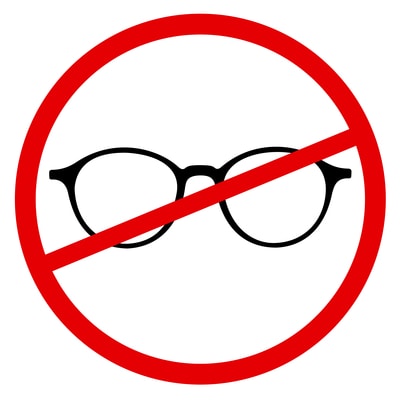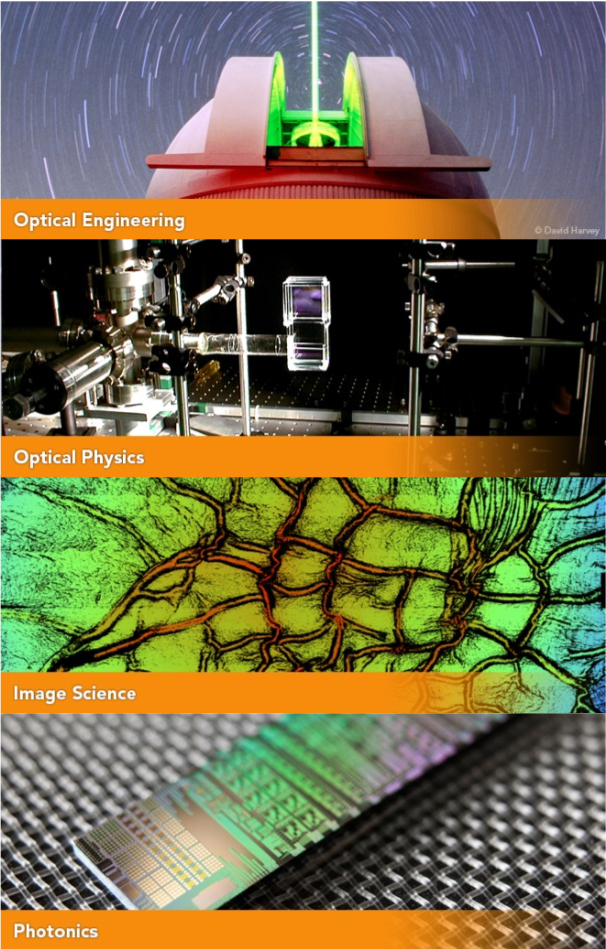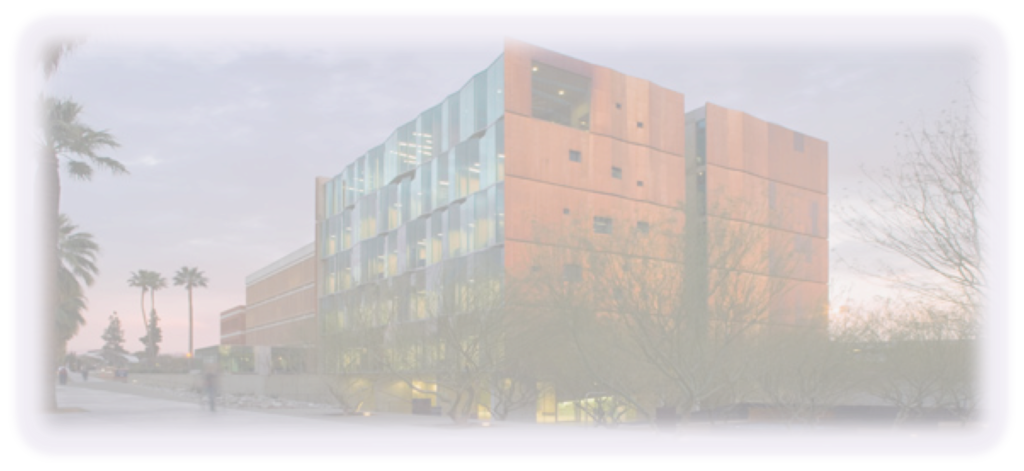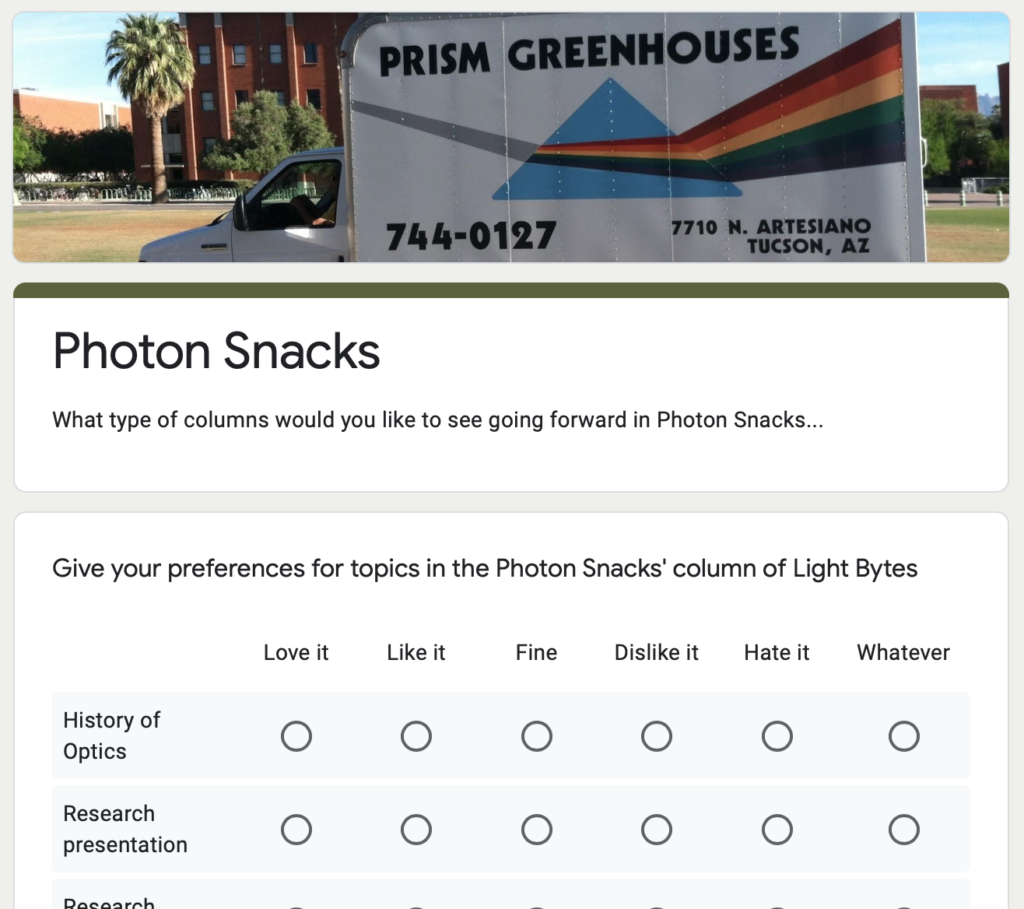Why Optics?
A series of videos developed in Optical Sciences. Students, staff, and faculty give you insight into why optics is a great option to pursue. Take a look at these videos:
- This is Optics – created by undergraduates in the BSOSE program
- Lighting the Future – College’s 50th anniversary video
- Optics is… – created through videos of several students in OpSci
- What is Optics – students doing their version of Dr. Mike’s original presentation
- BSOSE video – created for Engineering students for help selecting their degree. Has parts from the other videos while also describing the BSOSE degree










